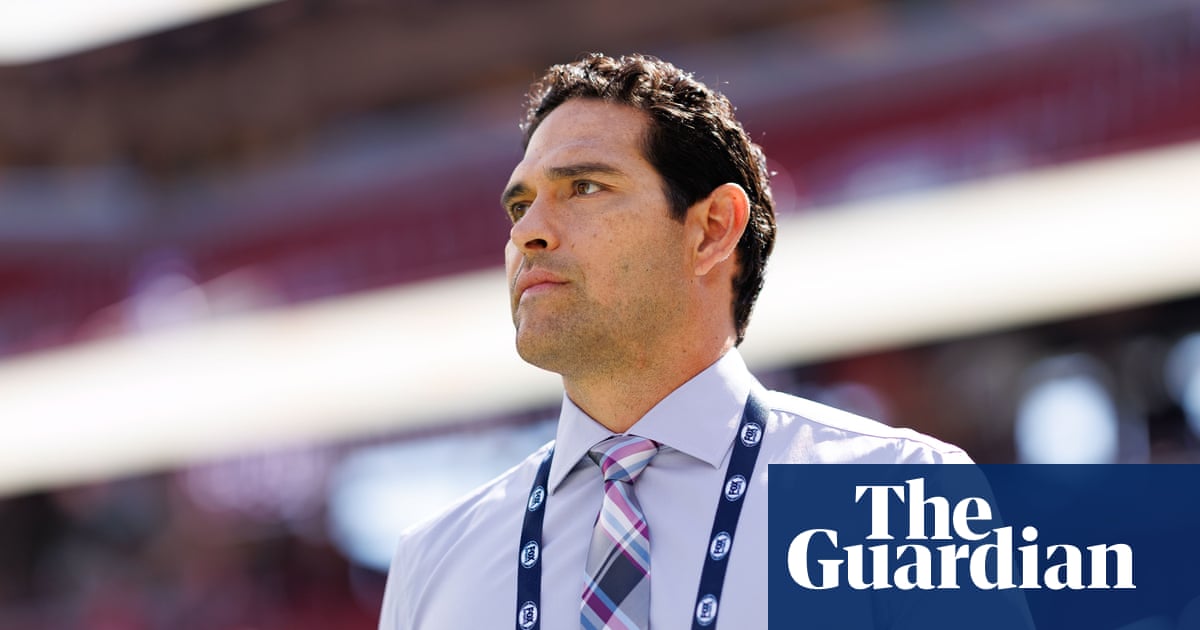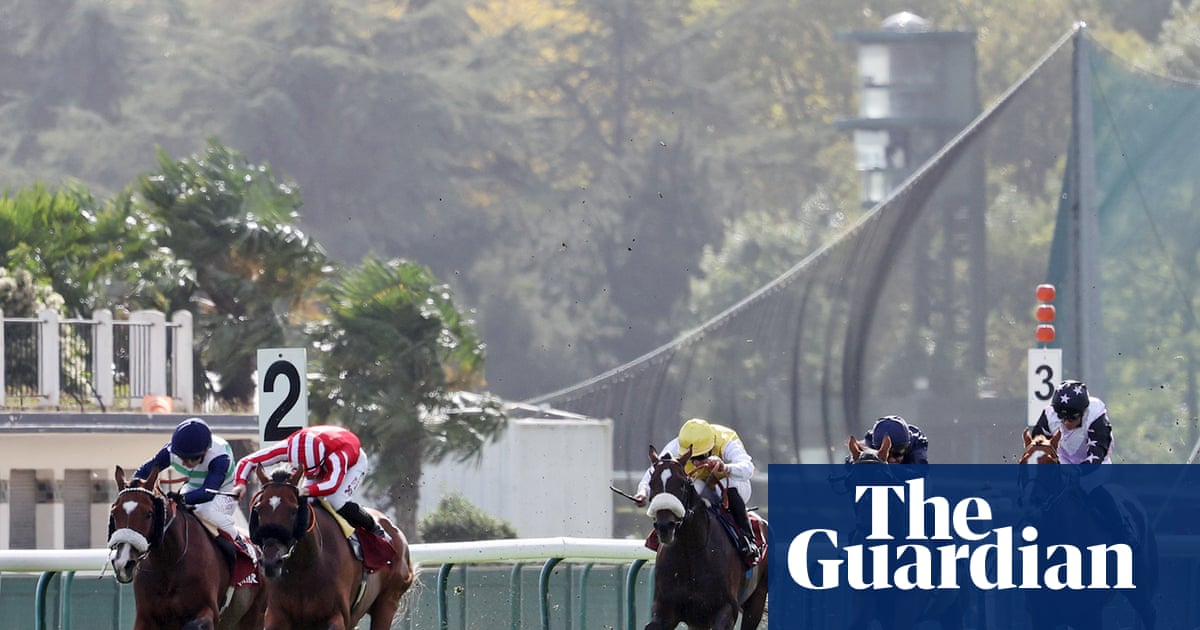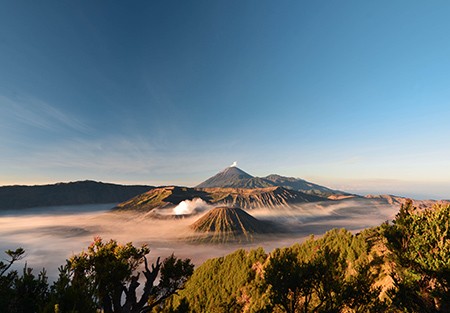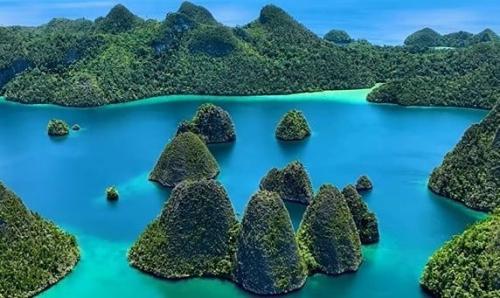Balin Miller, a popular Alaskan climber, was killed on Wednesday while rappelling near the top of Sea of Dreams, an arduous route on the southeast face of El Capitan. His mother, Jeanine Girard-Moorman, confirmed the news in posts on social media.
“It is with a heavy heart I have to tell you my incredible son Balin Miller died during a climbing accident today,” she wrote. “My heart is shattered in a million pieces.”
Details of the accident remain unofficial, but Yosemite photographer Tom Evans, who chronicled Miller’s progress, said the 23-year-old was attempting to free a haul bag stuck below his anchor. According to Evans, Miller descended his rope without realising it would not reach the bag’s location. He rappelled off the end of the line and fell.
The National Park Service has not issued a formal report, though rangers responded swiftly despite the federal government shutdown that began the same day. Yosemite averages one to two climbing fatalities each year, often on El Capitan.
Rappelling accidents are among the most common causes of death in the sport. The American Alpine Club recorded eight such fatalities in 2023, and in 2019 professional climber Brad Gobright died in Mexico after rappelling off the end of his rope.
Though only in his early 20s, Miller had already established a reputation as one of America’s most promising alpinists. Known affectionately in Yosemite this season as the “Orange Tent Guy”, he drew recognition for his distinctive campsite at the base of El Capitan and for livestreams documenting his climbs.
His achievements included ascents of some of the world’s most formidable peaks, among them Cerro Torre in Patagonia, the West Buttress of Denali and Mount Hunter in Alaska.
This spring he spent 53 consecutive days in the Alaska Range, soloing Mount Hunter’s French Connection before returning weeks later to make history on Denali. In June he became the first person to solo the Slovak Direct on the mountain’s South Face: a 2,700m technical route with fewer than 20 recorded ascents. Miller completed the climb in 56 hours, a push faster than the landmark effort by Mark Twight, Steve House and Scott Backes in 2000. Climbing Magazine called it one of the most impressive ascents in decades, while Alaska peers hailed him as “the new king of the Alaska Range”.
Allow Instagram content?
This article includes content provided by Instagram. We ask for your permission before anything is loaded, as they may be using cookies and other technologies. To view this content, click 'Allow and continue'.
Miller started climbing when he was three, tagging along with his father, David, on the Seward Highway near Anchorage. By 12 he had thrown himself into ice climbing, later expanding into Alaska’s ranges, Canada and Patagonia. Friends described him as both intensely ambitious and warm-hearted, quick to share advice with other climbers and equally quick to laugh at himself.
His dedication was matched by pragmatism. To fund expeditions, Miller worked seasonally as a crab fisherman in Nome and at a southeast Alaska mine. “He’s had probably one of the most impressive last six months of climbing of anyone I can think of,” veteran alpinist Clint Helander told the Anchorage Daily News in July. Another Alaskan climbing legend, Mark Westman, compared him to Alex Honnold of Free Solo renown.
As news of Miller’s death spread, tributes poured across social media from fans and fellow climbers who had followed his career. Some described hearing shocked exclamations while watching his livestream at the time of the fall. Others recalled his humility despite his growing fame.
.png)
 2 days ago
8
2 days ago
8
















































